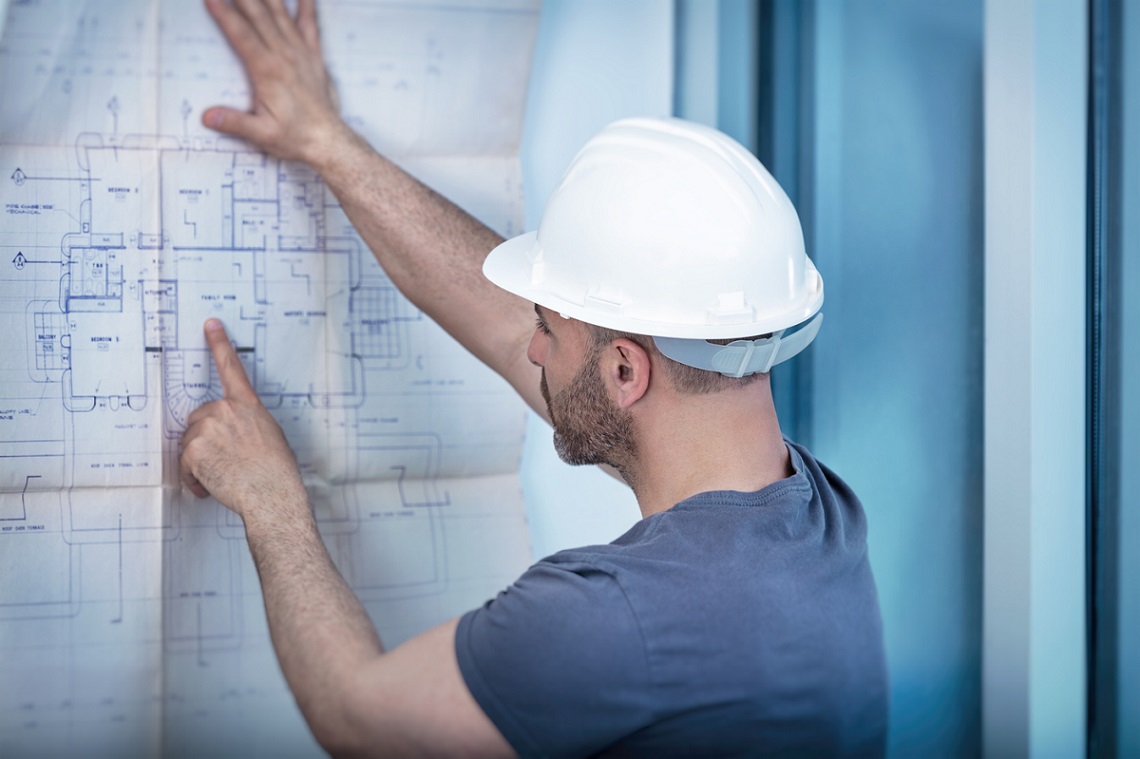Underpinning to Increase Usable Living Space

For homeowners in Hamilton, the basement often poses challenges due to its limited functionality. Many homeowners would like to make better use of the space – such as adding a family room, etc., but the space itself just feels too cramped. One solution to gaining more usable living space is underpinning. This construction process not only has the potential to address structural concerns but also serves as a key to unlocking valuable living space within a home.
What is underpinning?
Underpinning is a process designed to fortify and stabilize the foundation of older buildings. Beyond its primary objective, this method has become an investment for homeowners aiming to maximize their living areas.
When to consider underpinning
The decision to undergo underpinning is typically driven by two factors:
First, it is important to remember that many older homes were not originally built with the intention of using basements as livable spaces. These basements often have low ceiling heights and obstructive ductwork, rendering them less than ideal for kicking back with friends and family. Underpinning, though, can alleviate the situation by lowering the basement floor to create additional vertical space. This newfound room opens doors to possibilities such as home offices, extra bedrooms, or even areas that can be rented out. The process, often referred to as basement lowering, can even transform previously unusable crawl spaces into functional rooms.
Secondly, underpinning may be used to modernize a home’s infrastructure. Older homes often have outdated plumbing, electrical systems, and insulation. Underpinning not only brings these elements to light but also provides a unique opportunity to bring the home up to contemporary building codes. It’s a solution that not only addresses the aesthetics of a home but also ensures it meets current safety and functionality standards.
What are signs that my home requires underpinning?
Recognizing the need for underpinning involves identifying key signs. Some of these signs include changes in foundation and basement walls such as cracks, bulging, or shrinking; doors and windows that are difficult to open and/or close; or a noticeable shift in the structure of the home. In some cases, nearby construction activities might necessitate underpinning as the soil supporting the homes in the area gets excavated.
Contact Conterra Foundation today
Investing in underpinning not only strengthens the structural integrity of a Hamilton home but also allows homeowners to convert their basements into cozy, insulated living spaces. This additional living space not only improves the comfort of the home but also can significantly boost its market value. The underpinning process often proves to be a prudent investment, providing immediate and long-term advantages for homeowners in the Hamilton region.
If you think that your Hamilton home might benefit from underpinning, our team would be happy to provide you with an assessment and quote. Contact us today to get started!